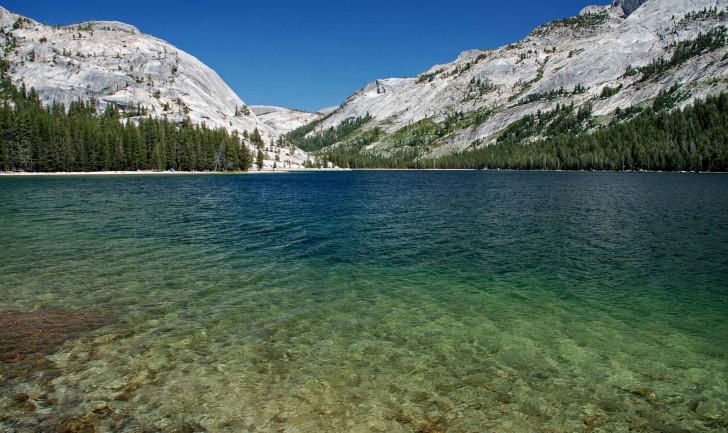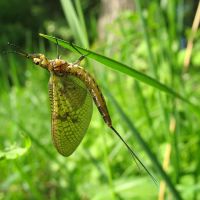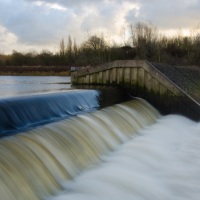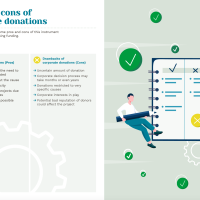Freshwater Protected Areas in a Rapidly Changing World

Tenaya Lake in Yosemite National Park, USA. Image: nrg_crisis | Flickr Creative Commons
Protected areas are one of the key conservation tools used by environmental managers and policy makers across the world to help protect biodiversity and ecosystems. Protected areas (for example Sites of Special Scientific Interest in the UK) set aside blocks of land and water in which human activities – such as fishing, farming, hunting and building – are limited as a means of promoting the survival of often rare and valuable species and ecosystems.
Protected area designation has been a popular mode of conservation practice throughout the latter half of the 20th century (though not without debate over their effectiveness and appropriateness). Over the coming years, the expansion of protected areas is a project that global governments have signed up for through the Convention on Biological Diversity Aichi ‘Targets for 2020’. These targets are embedded in European environmental policy through the EU 2020 Biodiversity Strategy.
Protected areas have been designated for freshwater conservation with mixed success across the world. As Ben Collen and colleagues demonstrated in an (open-access) 2014 research paper, global freshwater biodiversity continues to decrease at an alarming rate, despite targeted conservation strategies. And as Charles Vörösmarty and colleagues wrote in 2010, projected changes to the global climate mean that some freshwater species may struggle to persist in ecosystems in which they currently live, as their ‘climatic niche’ shifts, or even disappears.
Vörösmarty and colleagues suggest that nearly 80% of the world’s human population is exposed to high levels of threat to water security: that is, that climate change may make their water provision scarce or irregular in the future. Clearly, freshwater protected areas face a growing set of challenges, not least to protect biodiversity and ecosystems that are open to change and move, under increasing global human demands for water.
Addressing these challenges, a recent special issue of Aquatic Conservation: Marine and Freshwater Ecosystems compiles a set of articles examining the aims and effectiveness of freshwater protected areas globally. Edited by Vigilio Hermoso, Robin Abell and Simon Linke, the open-access special issue contains articles on protected areas for endemic biodiversity in the Western Ghats, India; on integrating multiple stakeholder perspectives in protecting a water-stressed ecosystem in the Murray-Darling Basin, Australia; on climate change threatened endemic biodiversity in Amazonia; and on the relationships between protected areas and global water security.
The issue authors identify that emerging conservation approaches which frame humans as an inextricable part of ‘nature’ offer new opportunities to enhance the value of protected areas for freshwater conservation. Under this ‘people and nature’ paradigm, the authors suggest that “the imperative of finding solutions that generate co-benefits alongside biodiversity conservation, and the clear reliance of human communities on freshwater services, has created an environment that may be more favourable to protected areas focused in whole or part on fresh waters.”
A number of broad thematic threads run through the special issue. Freshwaters are unique environments: they flow, flood and alter over space and time, and as such, protected areas need to be designed to be able to function under such fluxes. Freshwaters are often highly connected, supporting species of fish, animals, plants and insects that may migrate across watersheds, either in regular patterns (e.g. for breeding), or in response to changes in habitat niches due to climate change or human pressures. Pollution and other pressures can be similarly trans-boundary, particularly in rivers, where human activities upstream can place stress on the health of downstream ecosystems.
Similarly, freshwaters are often highly connected to the dynamics of the wider terrestrial (or land-based) environments that they drain. As such, the health of freshwater ecosystems is often closely linked to the health of the wider landscape. Accordingly, there is a tension between the need to protect the freshwater ecosystems which have, for example, high biodiversity value, with the need to reduce potential pressures (e.g. diffuse pollution) across the wider landscape. Given these considerations, monitoring programs are essential in assessing the effectiveness of protected areas for freshwater systems, and in providing the evidence for policy decisions and adaptive environmental management.
The final paper in the special issue, by Diego Juffe-Bignoli and colleagues, is something of a synthesis and horizon-scan for these issues. The authors outline that despite the CBD Aichi Biodiversity Target 11 stipulating an improved global protected area network including freshwater ecosystems by 2020, as yet there is no comprehensive assessment of what needs to be achieved to meet Target 11 for freshwater biodiversity.
Aichi Target 11 reads:
By 2020, at least 17 per cent of terrestrial and inland water areas and 10 per cent of coastal and marine areas, especially areas of particular importance for biodiversity and ecosystem services, are conserved through effectively and equitably managed, ecologically representative and well-connected systems of protected areas and other effective area-based conservation measures, and integrated into the wider landscape and seascape.
Juffe-Bignoli and colleagues outline a number of recommendations about how such a target might be met, and more broadly, how a protected area network for freshwaters might be improved. They advocate the need for globally consistent and comprehensive methods of defining the boundaries of freshwater ecosystems, as a means of accurately measuring the extent covered of protected area coverage.
They state that it is crucial to identify areas of importance for freshwater biodiversity and/ or ecosystem services (using existing approaches such as Key Biodiversity Areas) to guide the designation of new protected areas. They argue that protected areas should take into account a diverse range of stakeholders, representing the needs of both human and non-human life, in a process of ‘equitable management’.
Perhaps crucially, Juffe-Bignoli and colleagues suggest that there is need for better spatial tools to assess connectivity of freshwater systems, as a means of designing connectivity into protected area networks. This process is to an extent seeking to ‘future proof’ protected areas given the prospect of future climatic changes.
This is perhaps the key challenge for freshwater protected areas: to provide interconnected refuges for biodiversity in an increasingly pressured and changeable world.














